
When you hear the word "cryptocurrency," the first thing that might spring to mind is a roller‑coaster ride of price spikes and headlines about hacks. But the real question for anyone thinking about buying, trading, or holding digital assets is simple: cryptocurrency safety matters, and it’s not a myth you can ignore.
Cryptocurrency is a digital asset that uses cryptographic techniques to secure transactions and control the creation of new units. It runs on a blockchain, a decentralized ledger that records every transfer in a tamper‑proof way. While blockchain itself is designed to be immutable, the surrounding ecosystem-exchanges, wallets, and even user habits-introduces a whole set of safety considerations.
What Makes Crypto Different From Traditional Money?
Traditional banking relies on regulated institutions, deposit insurance, and a legal framework that most people understand. Crypto flips that script:
- Decentralization: No single entity controls the network, which means you hold the keys to your own wealth.
- Irreversibility: Once a transaction is confirmed on the chain, it can’t be undone-good for trust, but risky if you send to the wrong address.
- Global Reach: Borders don’t matter; you can move assets 24/7 across the world.
These benefits are compelling, but they also shift the responsibility for safety from a bank to you.
Key Risks to Watch Out For
Understanding the main threats helps you create a defense plan. Below are the most common dangers:
- Exchange hacks: Centralised platforms store millions of dollars in user funds. High‑profile breaches-like the 2022 attack on Crypto.com that stole $34million-show that even big names can be vulnerable.
- Phishing scams: Attackers mimic legitimate services, tricking users into revealing private keys or login credentials.
- Malware & ransomware: Malicious software can log keystrokes or scan hard drives for wallet files, then send them to the attacker.
- Smart contract bugs: Flaws in code can let hackers drain funds from decentralized apps (DeFi) without any central authority to intervene.
- Regulatory crackdowns: Sudden bans or restrictive laws can freeze access to services or force exchanges to shutter.
Each of these risks has a different mitigation strategy, which we’ll cover next.
How to Protect Your Crypto Assets
Think of crypto safety like personal security: you wouldn’t leave your house unlocked, and you wouldn’t share your passwords with strangers. Here’s a practical checklist:
- Use a hardware wallet: Devices such as Ledger NanoX or Trezor ModelT store private keys offline, making them immune to online malware. Hardware wallets have a recovery seed you can write down on paper-keep that safe.
- Enable two‑factor authentication (2FA) on every exchange and email account. Prefer authenticator apps (Google Authenticator, Authy) over SMS, which can be intercepted.
- Keep software updated: Wallet apps, operating systems, and browsers should run the latest patches to close known vulnerabilities.
- Verify URLs and email senders: Look for the padlock icon, double‑check domain spelling, and never click links from unsolicited messages.
- Use reputable exchanges: Check if the platform follows regulatory standards, offers insurance on custodial funds, and has a track record of transparent audits. Examples include Coinbase, Kraken, and Gemini.
- Separate holdings: Keep a small amount in a hot wallet for regular trading and the bulk in a cold storage solution.
Even with these steps, nothing is 100% foolproof, so layering defenses-what security experts call “defense in depth”-is essential.
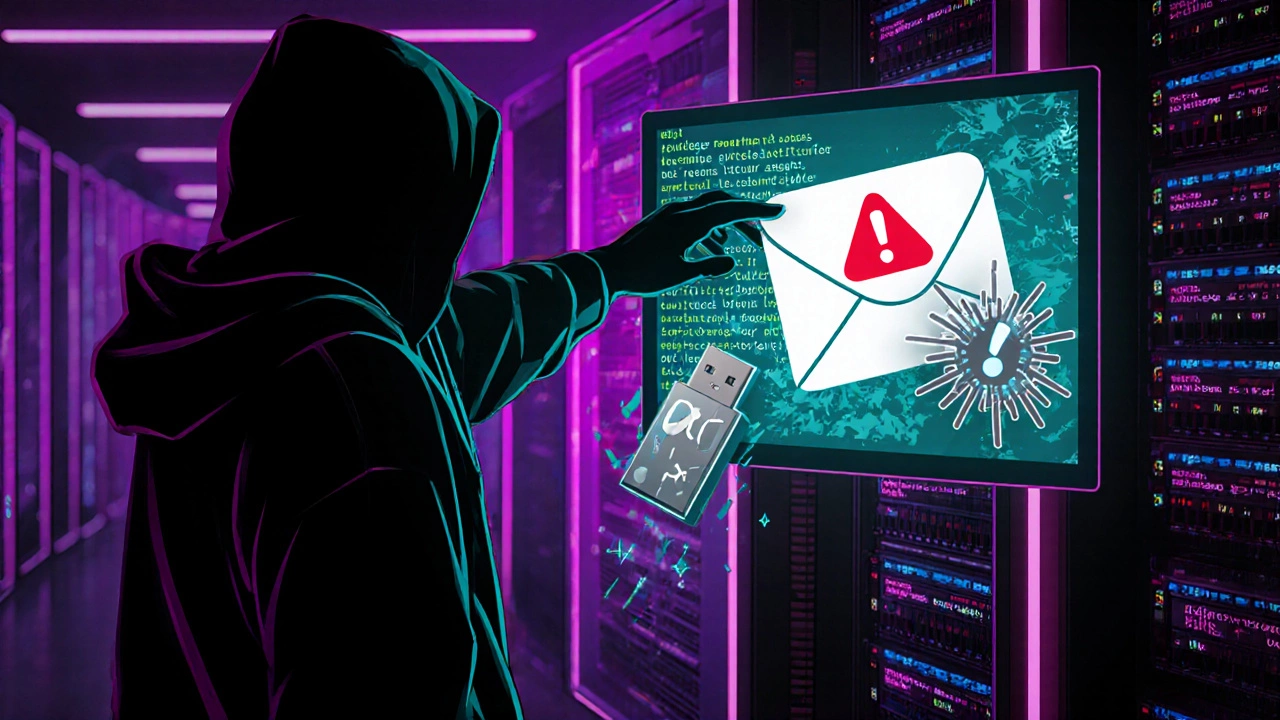
Regulatory Landscape in 2025
Regulators worldwide have moved from a “wild west” stance to more structured oversight. In Australia, the Australian Securities and Investments Commission (ASIC) treats most crypto assets as financial products, requiring exchanges to hold an Australian Financial Services (AFS) licence. This means:
- Exchanges must implement AML/CTF (anti‑money‑laundering/combating the financing of terrorism) checks.
- Customer funds are required to be segregated from the platform’s operating capital.
- There’s an emerging “crypto insurance” market, where policies cover loss from hacks up to $500million for large custodians.
Other regions, like the EU, follow the MiCA (Markets in Crypto‑Assets) framework, while the U.S. continues a patchwork of state‑level regulations. Knowing your jurisdiction’s rules can help you pick compliant services and avoid sudden account freezes.
Comparing Crypto Safety With Traditional Banking
| Feature | Cryptocurrency | Traditional Bank |
|---|---|---|
| Custody Control | User holds private keys (self‑custody) | Bank holds account funds |
| Deposit Insurance | None (unless covered by third‑party insurance) | Typically up to $250,000 (FDIC, AUSTRAC) |
| Transaction Reversibility | Irreversible once confirmed | Reversible within dispute windows |
| Regulatory Oversight | Varies by jurisdiction, emerging frameworks | Well‑established, enforced by central banks |
| Exposure to Hacks | High for custodial services; lower for hardware wallets | Low; banks employ advanced security layers |
Notice how the biggest advantage-control over your own money-also brings the biggest responsibility: you must protect the keys yourself.
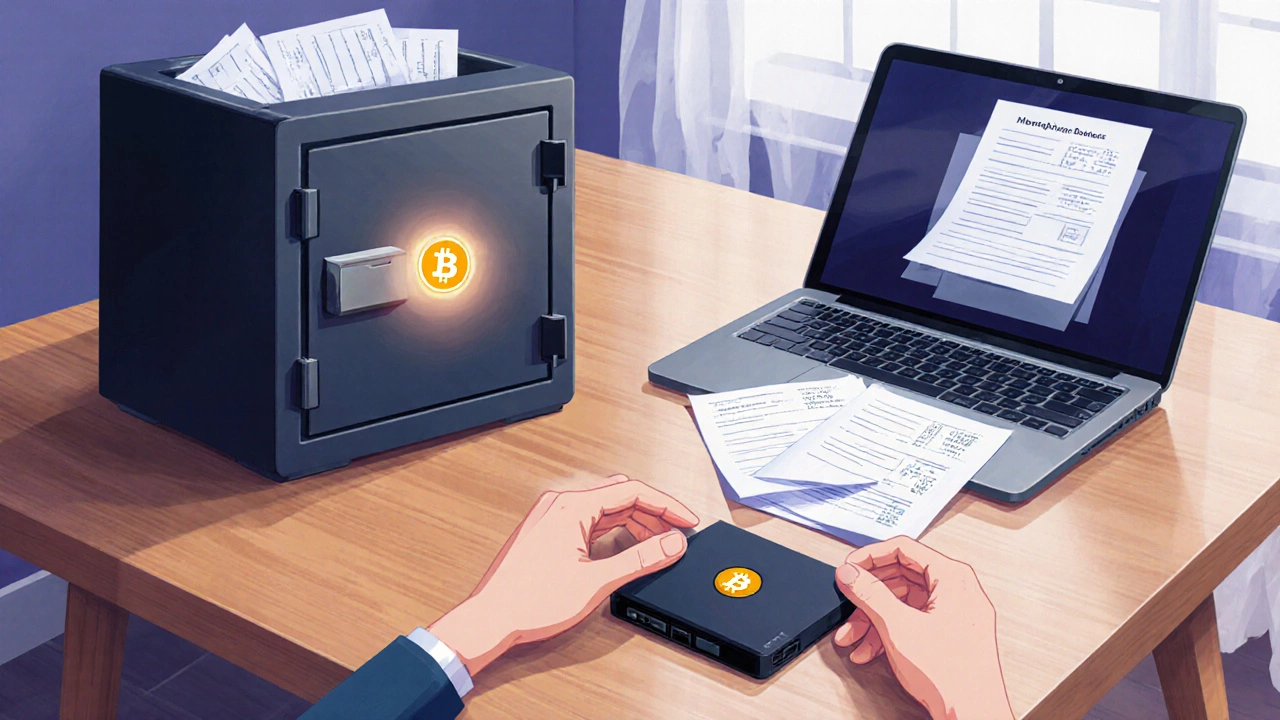
Real‑World Example: A Common Mistake and How to Fix It
Emma, a 28‑year‑old teacher from Sydney, decided to buy $5,000 worth of Bitcoin on a popular exchange. She enabled 2FA, but stored her recovery phrase on a cloud‑based note app. Six months later, her email was compromised, and the attacker accessed the note, transferred the Bitcoin to a private wallet, and vanished.
What went wrong?
- She trusted an online storage solution for the recovery seed.
- She kept a sizable amount in a hot wallet on the exchange.
How Emma could have avoided the loss:
- Write the seed on paper and store it in a fire‑proof safe.
- Transfer the majority of the purchase to a hardware wallet within 24hours.
- Keep only a small “trading buffer” (<0.5% of portfolio) on the exchange.
This scenario illustrates that many crypto breaches are preventable with basic hygiene.
Quick Checklist for Everyday Crypto Safety
- Store private keys offline (hardware wallet or paper).
- Enable hardware‑based 2FA (U2F keys) where possible.
- Use reputable, regulated exchanges with insurance.
- Keep software up to date and avoid unknown apps.
- Back up recovery phrases in multiple physical locations.
- Separate trading funds from long‑term holdings.
- Stay informed about local regulations and tax obligations.
Frequently Asked Questions
Is it safe to keep crypto on an exchange?
Exchanges are convenient for trading, but they hold your private keys, making you vulnerable to hacks or insolvency. Keep only a small amount needed for active trading and move the rest to a personal wallet.
What is the safest type of crypto wallet?
Cold storage wallets-hardware devices or paper wallets-are the safest because they keep private keys offline, away from internet threats.
Can I insure my cryptocurrency holdings?
Yes, some insurers offer policies for crypto custodians, and a few providers sell personal crypto insurance. Coverage varies, so read the terms carefully.
How do regulations affect crypto safety?
Regulations can improve safety by enforcing AML/KYC checks, requiring fund segregation, and mandating security audits. However, overly strict rules may limit access or freeze assets.
What should I do if my wallet is compromised?
Immediately transfer any remaining funds to a new, secure wallet, revoke any linked app permissions, and change passwords on related accounts. Report the incident to the exchange (if used) and consider filing a police report.
Bottom line: cryptocurrency can be safe, but safety hinges on the choices you make. By treating your digital assets like a high‑value possession-using strong keys, offline storage, regulated services, and staying updated on legal changes-you dramatically lower the odds of losing your money.


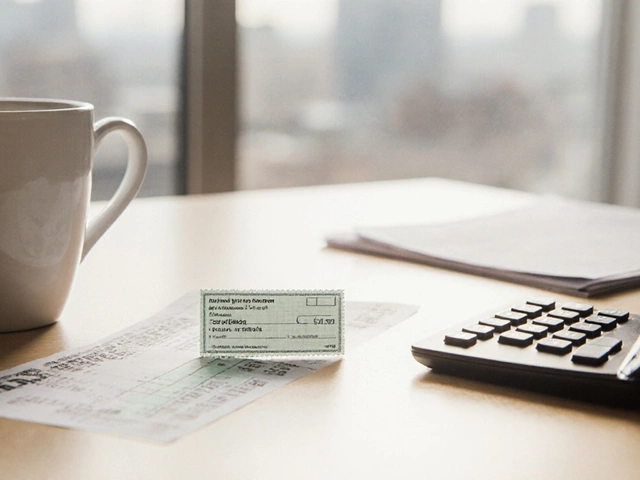
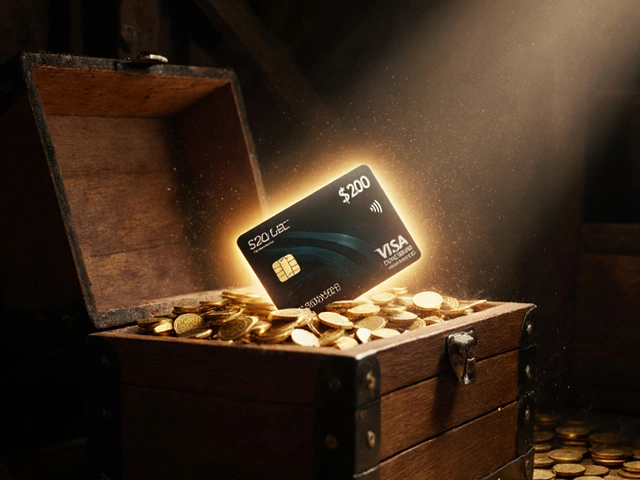

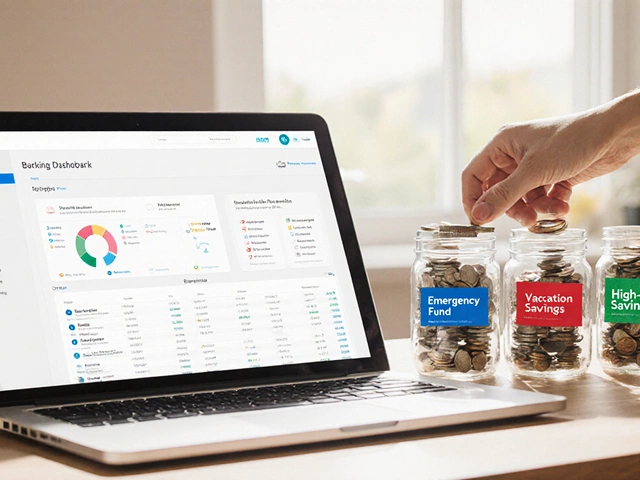


Write a comment